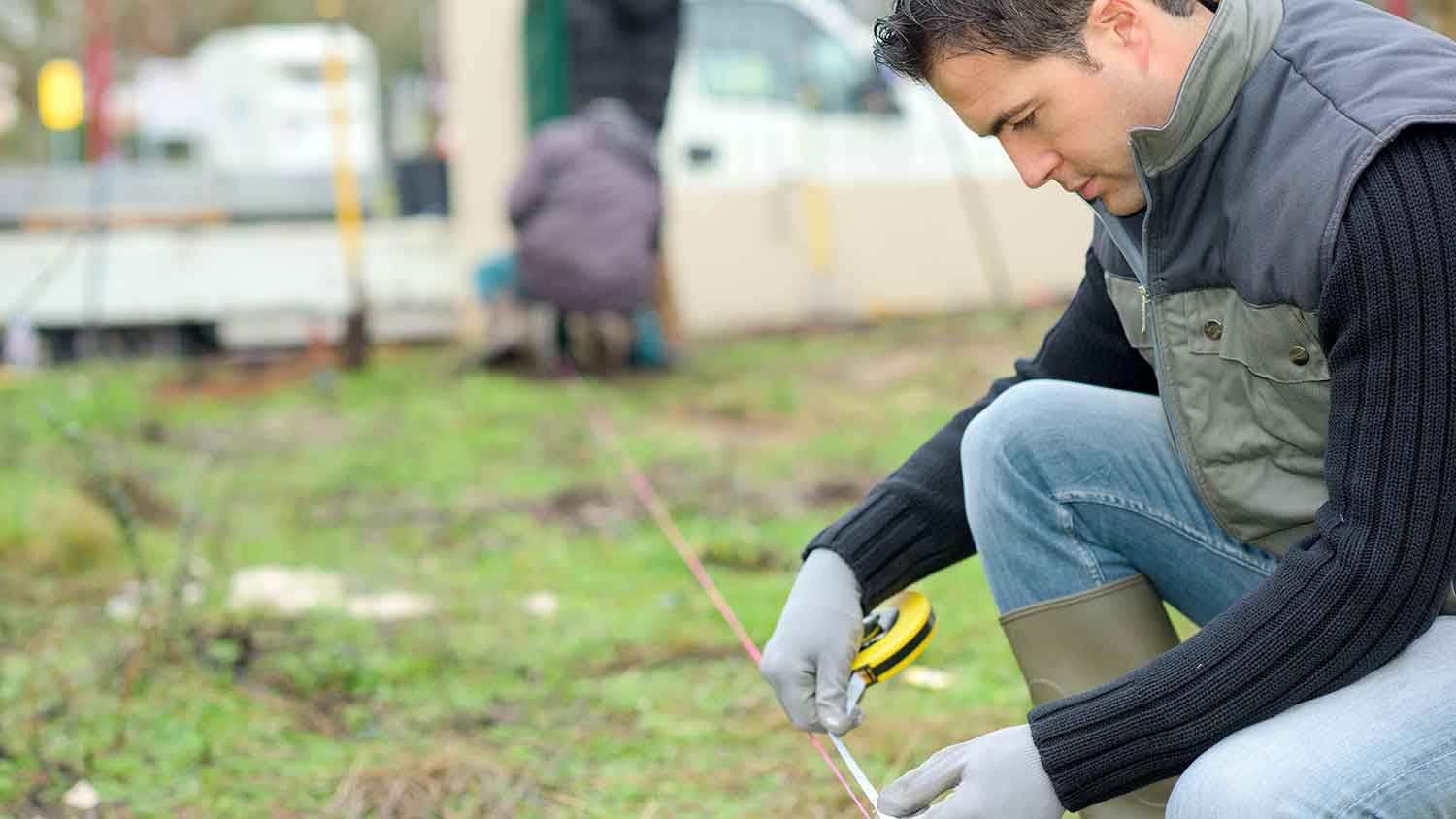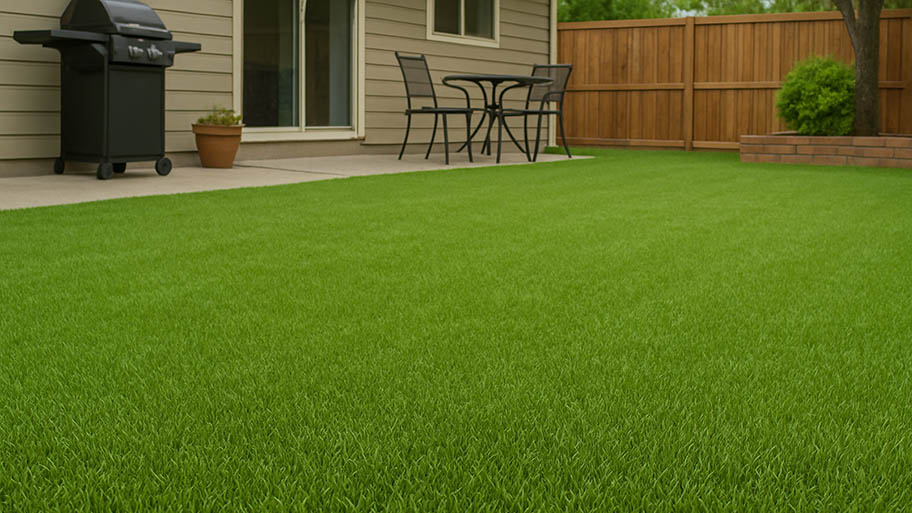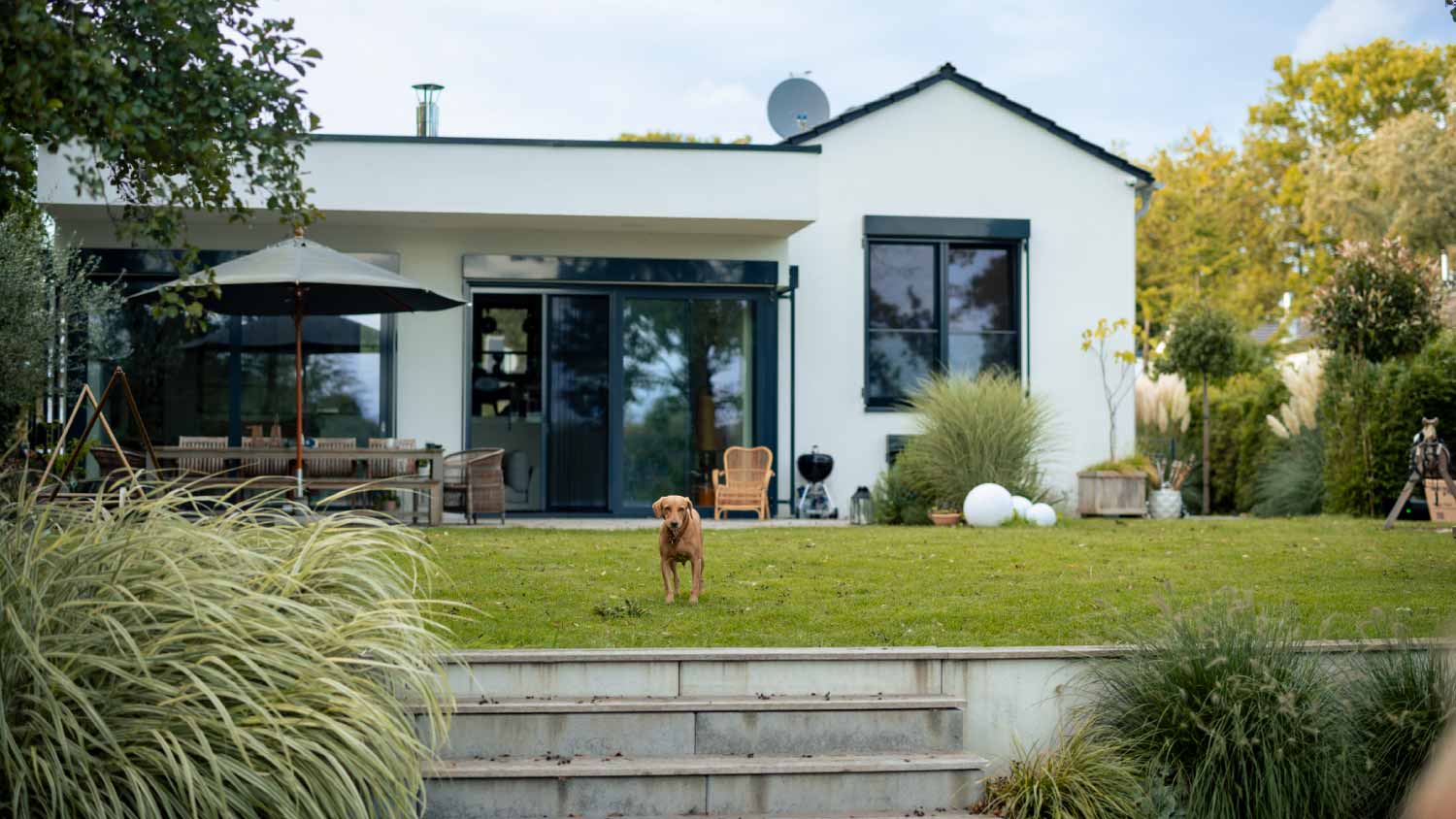
Removing an old lawn is often necessary to plant new grass or build a new outdoor structure. Find out what to budget for your lawn removal cost.


When calculating how much grass seed you need, the first step is finding your lawn’s square footage.
The condition of your lawn also affects the amount of seed it needs.
You won’t need as much seed if you’re overseeding (or seeding over an existing lawn).
More seed is required to grow a brand-new lawn.
Wondering how much grass seed you need for your lawn? It all depends on the size of your yard and the current condition of your grass. Whether you’re overseeding your existing lawn or starting one from scratch, here’s how to calculate the right amount of grass seed for your needs.
The amount of grass seed you need depends on whether you’re seeding over an existing lawn (also known as overseeding) or seeding a new lawn. Overseeding requires two to five pounds of grass seed per 1,000 square feet of lawn, while new lawn seeding requires four to eight pounds per 1,000 square feet.
Here’s how much grass seed you’ll need based on the size and condition of your lawn:
| Lawn Size (in Square Feet) | Grass Seed Needed for Overseeding (in Pounds) | Grass Seed Needed for New Lawn Seeding (in Pounds) |
|---|---|---|
| 1,000 | 2–5 | 4–8 |
| 2,500 | 5–13 | 10–20 |
| 5,000 | 10–25 | 20–40 |
| 7,500 | 15–38 | 30–60 |
| 10,000 | 20–50 | 40–80 |
| 15,000 | 30–76 | 60–120 |
| 20,000 | 40–100 | 80–160 |
| 30,000 | 60–152 | 120–240 |
| 40,000 | 80–200 | 160–320 |
| 50,000 | 100–250 | 200–400 |
| 75,000 | 150–375 | 300–600 |
To calculate how much grass seed you should buy, you’ll first need the square footage of your lawn.
You’ll also need to know how many pounds of seed are required to seed 1,000 square feet. That figure may be listed on the product packaging, but if it’s provided in a different format (say, pounds per 4,000 square feet), you can do some quick math to convert it to pounds per 1,000 square feet.
When you have those numbers, you can use the following formula to determine your grass seed needs:
Pounds of Grass Seed Needed = (Lawn Size in Square Feet / 1,000) x Pounds of Seed Required per 1,000 Square Feet

You’ll need to measure the square footage of your lawn to figure out how much grass seed to order. The process for doing this will depend on the layout of your yard.
Follow these steps to get the square footage of a square or rectangular lawn:
Measure the length.
Measure the width.
Multiply the numbers to get the square footage.
You can use this same process if there are recessed or protruding areas of your lawn. For example, if you have a rectangular shed in the middle of your yard, you can calculate its square footage and subtract that from the lawn’s overall square footage.
If your lawn includes curved edges, here’s how to get a rough idea of its area:
To estimate the length, measure the longest part of the lawn.
To estimate the width, measure the width in several different areas and come up with an average.
Multiply the length and width to get a ballpark idea of the square footage.
Calculating the right amount of grass seed is fairly simple, but the actual process of seeding your lawn is more challenging. To grow a healthy lawn, you don’t just need to know how much seed to use. You should also understand how and when to apply it and how to nurture your lawn until the new grass comes in. For the best results, consider hiring a local lawn seeding pro instead of tackling this job yourself.
From average costs to expert advice, get all the answers you need to get your job done.

Removing an old lawn is often necessary to plant new grass or build a new outdoor structure. Find out what to budget for your lawn removal cost.

The cost to reseed a lawn can vary depending on the size of your yard and the condition of the soil. We’ll help you figure out the true cost of reseeding or overseeding your lawn, along with whether or not you should hire a professional.

Artificial grass is a low-maintenance alternative to traditional turf. Learn how much artificial grass installation costs and what affects your price.

Of all the increasingly popular grass alternatives, clover is edging out the competition. Get to know the top clover lawn pros and cons and whether this option is right for you.

No one wants to kick back on a hard and dry patch of dirt at the end of the day. Here's how to fix overly dry dirt in your lawn in seven simple steps.

Kentucky bluegrass and tall fescue are two popular grass seed choices for cooler climates. Find out the differences between Kentucky bluegrass vs. tall fescue.